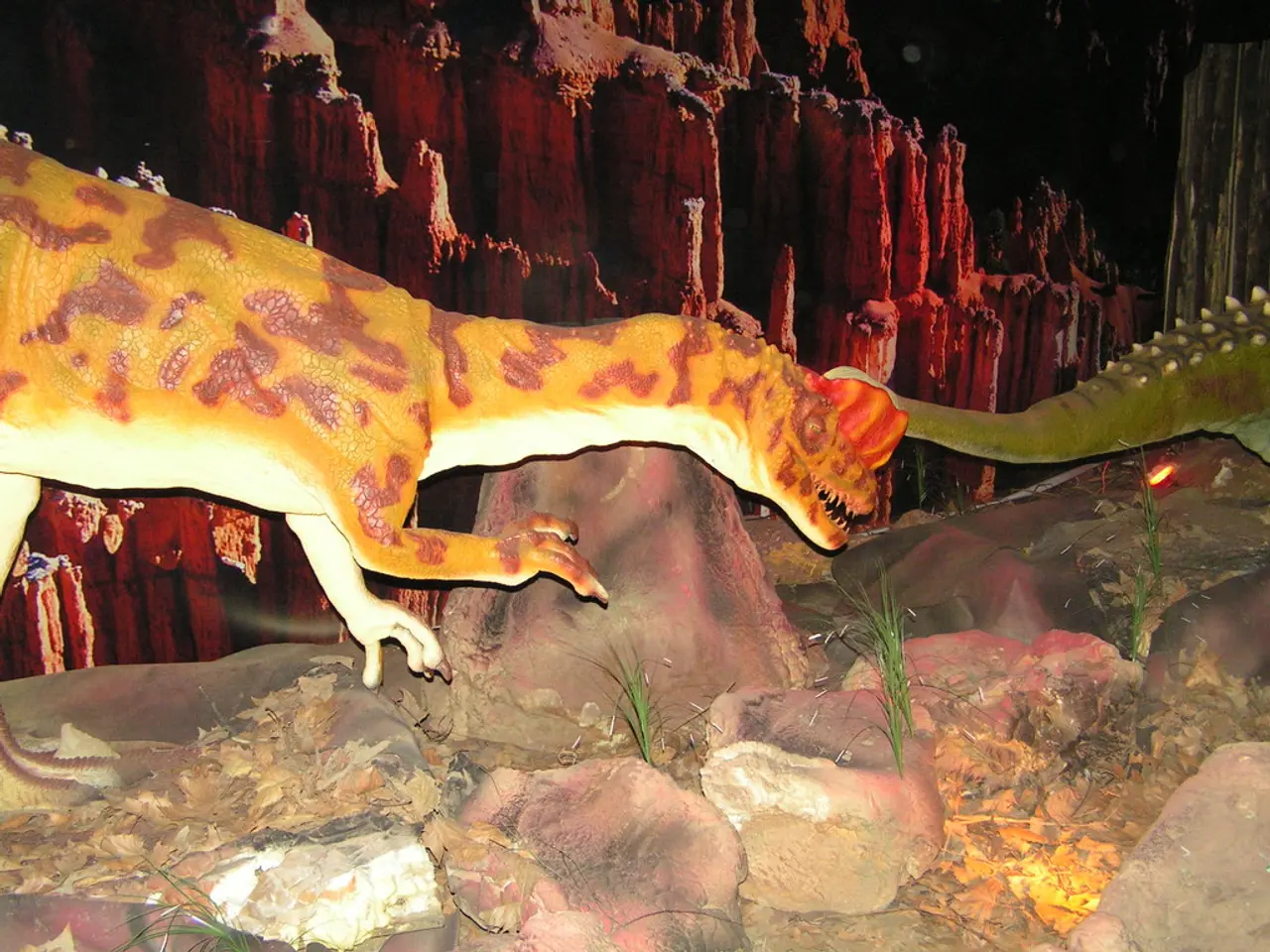Discovered: Million-Year-Old Mole Fossil Unearthed, Potentially Altering Evolutionary Understandings
Newly Discovered Mole Species Challenges Previous Assumptions About Mole Dispersal
In a groundbreaking discovery, scientists have unearthed a fossil of a new mole species, Vulcanoscaptor ninoti, in northeastern Spain, dating back approximately 3.25 million years to the Pliocene epoch. This discovery, published in Scientific Reports in 2025 (Linares-Martín et al., 2025), challenges the long-held belief that moles are poor dispersers, suggesting they may have been capable of crossing continents and adapting to diverse ecological niches.
The fossil, found at the Camp dels Ninots site in Girona, Spain, belongs to the tribe Scalopini, which is primarily found in North America and parts of Asia. This finding is particularly notable as it expands the known range of Scalopini moles beyond their current distribution.
The evolutionary history of Vulcanoscaptor ninoti challenges previous assumptions about mole dispersal because moles have traditionally been considered to have low dispersal capacities, largely restricted to local regions. However, the discovery of this European Scalopini mole suggests that ancient moles were capable of extensive transcontinental migrations, indicating a more dynamic and complex evolutionary history involving intercontinental dispersals across Eurasia and North America.
Anatomical analysis of the fossil reveals a highly specialized fossorial (digging) lifestyle, supported by complex forelimb structures. The robust humerus and strong digging capabilities indicated by the phalanges suggest a subterranean lifestyle for this ancient mole. The fossil's preservation in lacustrine sediments and lateral positioning raise the possibility of aquatic locomotion abilities.
The study of Vulcanoscaptor ninoti provides new evidence that the evolutionary history of moles was far more complex and dynamic than previously imagined. The fossil's analysis offers insights into the evolution of talpids, the family of moles, and contributes to a better understanding of the evolutionary relationships among moles.
The detailed analysis of Vulcanoscaptor ninoti was made possible by the use of micro-computed tomography (microCT) scanning, allowing for detailed study of delicate structures like phalanges and teeth. The fossil is exceptionally well-preserved, with a nearly complete skeletal structure, including the mandible, torso, and bones from both the forelimbs and hindlimbs. This makes it one of the oldest and most complete fossil moles ever found in Europe.
The discovery of Vulcanoscaptor ninoti significantly revises our understanding of mole biogeography and suggests a complex pattern of migration and adaptation in their evolutionary past. This new finding raises new questions about the evolutionary history and mobility of moles, and further research is needed to fully understand the implications of this discovery.
As a result of the fossil discovery of the new mole species, Vulcanoscaptor ninoti, science has uncovered evidence that challenges the long-held assumptions about the dispersal capabilities of moles. With the finding of this European Scalopini mole, it is now proposed that medical-conditions, such as the dispersal capacity of moles, may have been far more complex and extensive than previously thought, potentially involving technology like micro-computed tomography (microCT) scanning, to better understand the evolution of talpids and the relationships among moles.







